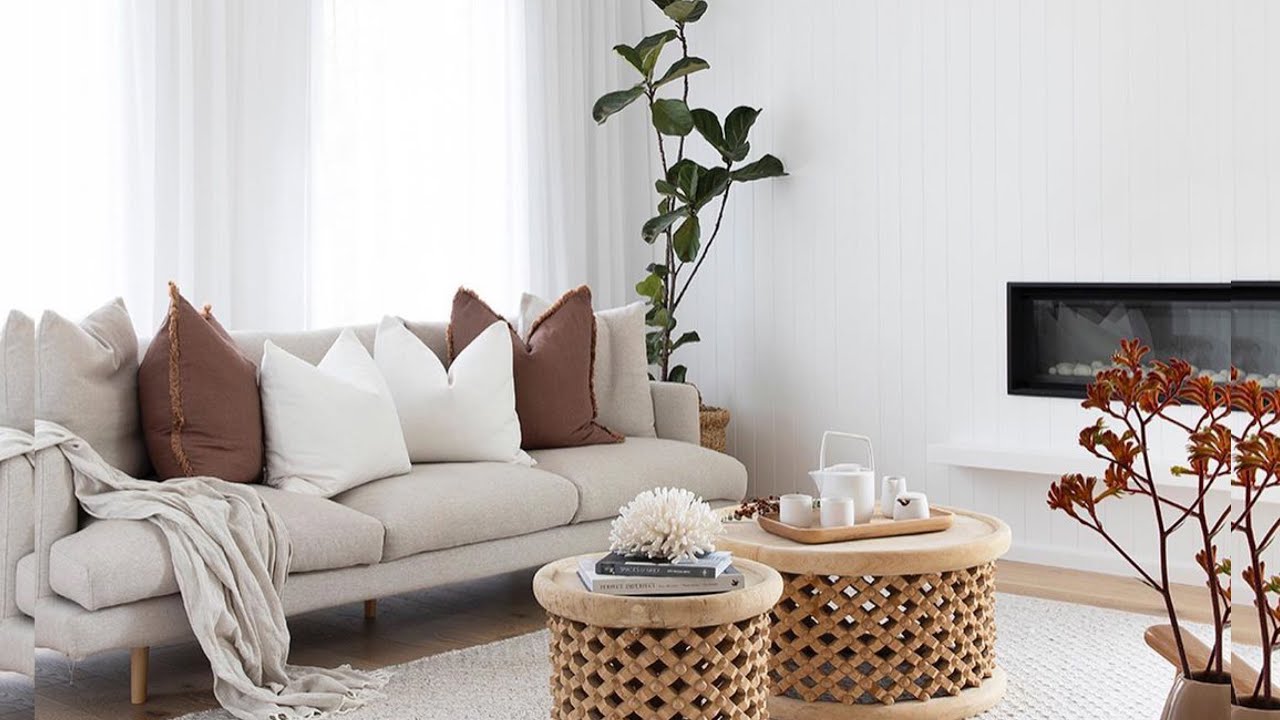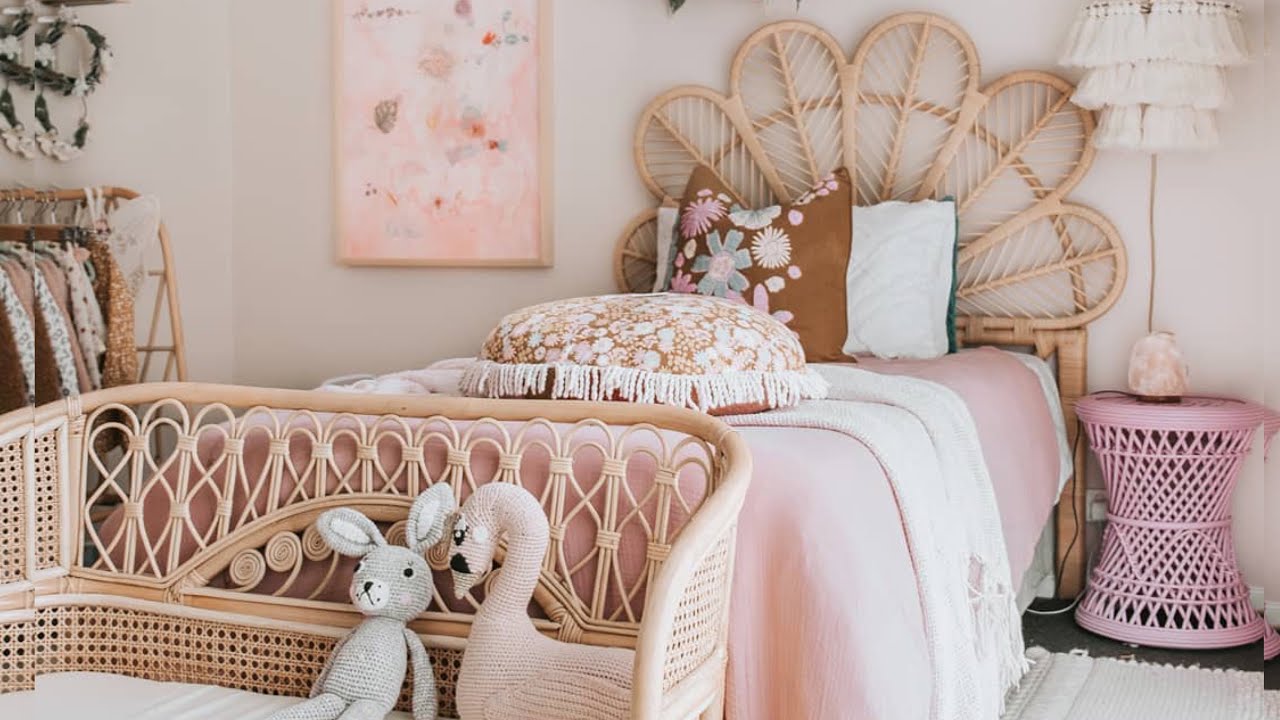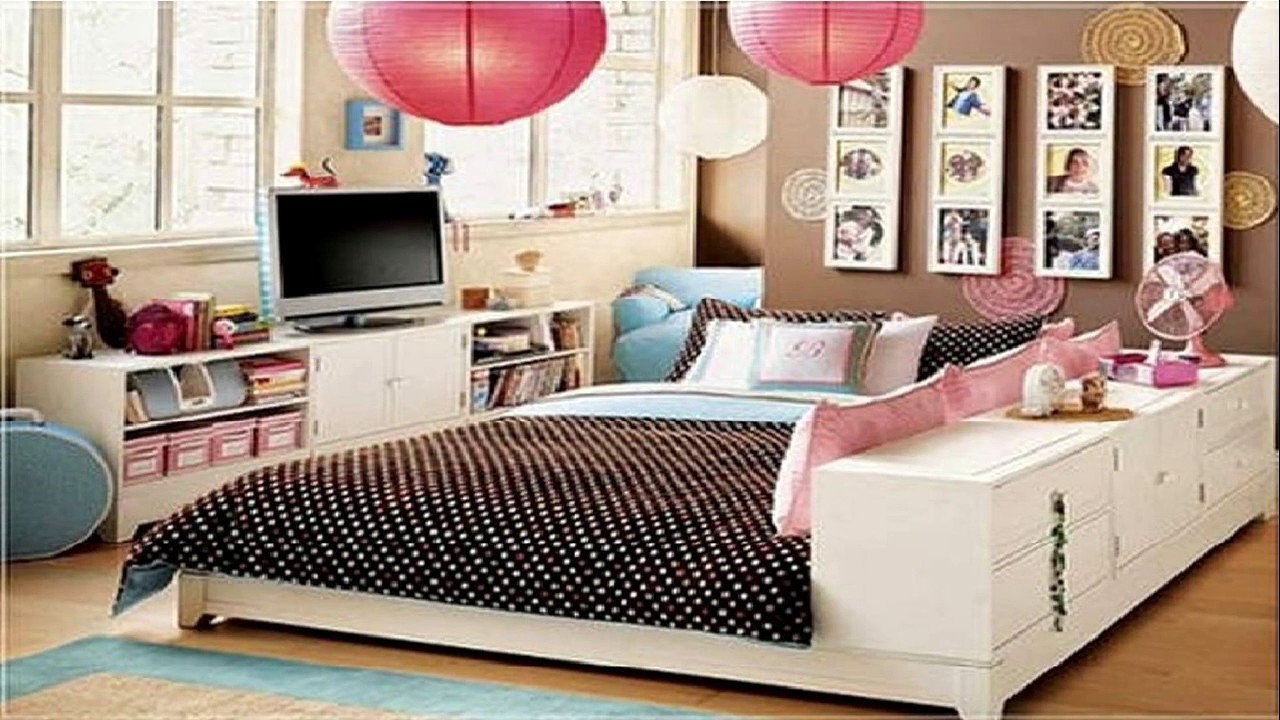If you have a limited amount of space in your home, figuring out how to decorate a small living room can be challenging. You don’t want to overwhelm your space with too much decoration, so here are some ideas for small living rooms: Add plants, artwork, and storage, and keep the color palette simple. You can also try hanging a few pieces of artwork on the walls. But keep in mind that you won’t be able to use the same colors throughout your entire room, so stick with neutrals, and make sure to keep your furniture and décor accessories in one place.
Adding plants
Adding plants to decorate a small living space can add an earthy and welcoming touch to the room. They can be grouped together to create different textures. Try adding colorful potted plants or trailing plants. When selecting your plants, consider what they need from their environment. For example, ferns need a humid environment and low sunlight, so grouping them together is easier. Plants with similar care requirements will require less care.
If space is limited, consider hanging or placing large plants in front of windows. You can use pots to display these plants and can mix and match different types of foliage. For best results, choose plants that thrive in high sunlight. Aloe Vera, jake, African milk bush, and snake plants are some examples. You can also use artificial plants mixed with shade-loving varieties. For a more casual, laid-back look, mix small potted plants with large ones to maximize the space.
When choosing plants to decorate a small living room, consider the space it occupies. A large houseplant will instantly fill a corner in a living room. This type of plant also adds natural texture, organic shapes, and a pop of color. While choosing plants, consider your budget and the type of space that you’re trying to fill. Then, choose your plants carefully and choose wisely!
Adding artwork
Adding artwork to a small living room can be a great way to spice up a neutral space and create a more dramatic atmosphere. The easiest way to do this is to hang your pieces in a salon style arrangement. Salon-style hanging consists of placing several pieces of art in a tight configuration. These pieces may cover a single wall or an entire wall. Choose pieces that will spark conversation.
Walls in a small living room are particularly challenging to decorate. You’ll likely have to create a grouping of three or five pieces that go together well. When displaying artwork in this space, it’s best to combine it with other pieces of art. The fireplace mantel is a great place to hang artwork, while empty spaces flanking the window are ideal for adding color. While there are many ways to decorate a small living room, adding artwork can help you create a more dramatic and livable space.
Adding artwork to decorate a small living space can be tricky because you must choose carefully and think of the overall theme of the room. Wall accessories are deeply personal choices, so choose yours carefully. Choose something that reflects your personality, while staying within the theme of the room. If you’re decorating for a small living room, you can also choose an oversized floor mirror to make the room look larger.
Adding storage
Adding storage to a small living room can feel a bit awkward. Instead of being a cluttered, overstuffed space, your living room should be a cozy retreat where you can keep essentials close at hand. Fortunately, there are many creative storage solutions you can use to maximize every available square foot. This inspiration guide will help you make the most of your limited space and get rid of clutter while also increasing storage capacity.
Side tables provide plenty of storage space. They can be mounted to the wall, installed inside cabinets, or even behind the curtains. Whether you use them to store your remotes, magazines, or your phone diary, they’re an excellent choice for a small living room. And they’re cheap, too! So, you can get them in any color you like. They’ll match your couch and make your room look unified and functional.
If you live in a vintage house with classic built-in shelving units, use these to add storage space to your living room. These shelves can display colorful books and other decor items, while serving two or more purposes at once. You can use small boxes or mesh files for kitchenware, while shelves can house other household essentials. In a small living room, mix-and-match storage units can make the space feel more spacious and inviting.
Keeping your color palette simple
While selecting the colors for your home’s interior, keep in mind that different colors can influence our moods and emotions. The colors you choose for a bedroom may promote a sense of calm, while those for a living room may be conducive to relaxation. If you’re unsure of how to select the best colors for your home, consider the color scheme below. The main goal of a color palette is to create a cohesive flow throughout the space.
To keep the palette as simple as possible, choose warm and cool colors in small quantities. The warm colors are reds, oranges, and yellows. The cool colors are blues, purples, and greens. When selecting colors for your living room, try incorporating a little of each. You may even use a neutral to balance out the rest of the room. If you’re unsure about what color combination to choose, try mixing warm and cool colors.
Keeping your floor the same color as your furniture
Keeping your floor the same color as your furnishings is an effective way to maximize space in a small living room. Dark wood flooring can be offset by lighter wood pieces and vice versa. If your floor is light, consider using two-toned furniture, but keep in mind that the contrast between dark wood floors and lighter wood pieces should be subtle. This will create a balance and make your room feel larger.
Matching wood finishes is safest, but can also make your space look flat and boring. Wood tends to have undertones that blend in, losing its individual charm. Wood with neutral undertones will blend in well with walls and floors, adding visual interest and depth. In some cases, it is best to choose contrasting wood finishes to create a stylish, harmonious space.
Keeping your furniture away from the walls
One of the best tips for decorating a small living room is to keep your furniture away from the walls. While this may seem like a no-brainer, placing furniture too close to the walls can make the room look crowded, tilted, and unbalanced. Also, many open concept living rooms don’t have a lot of wall space, so big furniture often ends up against the walls. Instead, spread out your large pieces of furniture.
When decorating a small living room, it’s crucial to place furniture away from the walls. While pushing furniture against the walls can make the room appear more crowded and smaller, it doesn’t give your items enough breathing space. It can also make the middle section of the room feel cavernous. Instead, try pulling furniture away from the walls to create a more intimate atmosphere in which to have conversations.
If you don’t have a lot of space, consider getting a daybed. A daybed will take up less floor space while giving you a sofa and cosy bed. Artwork and wall decor can make a big impact in a small room. Make sure to choose your wall color carefully and use the right amount of wall color to enhance the room’s decor.
Adding texture
Adding texture is one of the most important design elements for creating a beautiful living space. When used correctly, it can elevate an otherwise flat room to an inviting, magazine-worthy setting. Here are some tips to add texture to a living room:
Plants are a great way to add texture. They give your room a more organic feel, while also breaking up the flat plane of the walls and ceiling. For an extra pop of texture, you can also add live edge wood, crystals, and floral patterns. You can also add lighting and try to incorporate three different types of textures in your room. Make sure to mix and match and experiment to find the best look for your living room.
The floor is the next most prominent surface area in a room, so use it to your advantage. If you live in a warmer climate, consider installing a wooden floor and a cosy rug. Stone floors look great in a warm setting, and if you’ve already installed wall-to-wall carpet, you can simply add a rug on top. You can also opt for natural materials like wicker and terracotta.
Creating a gallery wall
Whether your living room is small or expansive, a gallery wall will add visual interest to your space. You can choose to display family photos, favorite prints, artwork, or even your kids’ drawings. A gallery wall is a great way to display personal art, but it can be tricky to plan the layout correctly. To make it easier, you can shop for art from curated stores. Framebridge and minted both offer discounts on their first order.
Before creating your gallery wall, you should measure the space. You can also use an old phone photo for a guide. Then, transfer your pieces to the wall. Make sure to measure the space carefully, as you’ll want to move around your art pieces once you’ve nailed them in place. However, if you’re impatient, you can use a giant paper template to guide you. If you’re not confident with your measuring skills, you can also nail the pieces into the wall directly.



